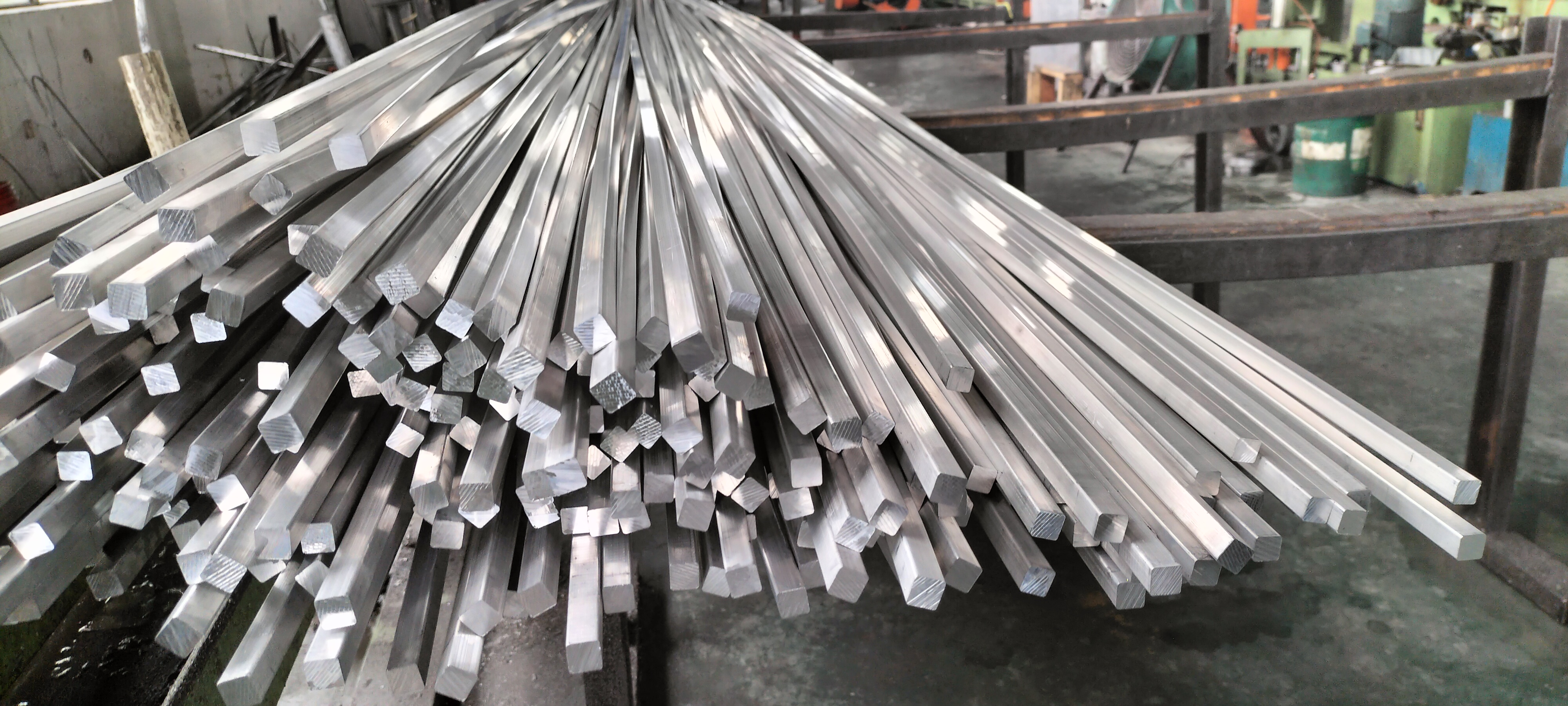
Generally speaking, in order to obtain higher mechanical properties, a higher extrusion temperature should be selected. However, for the 6063 alloy, when the general extrusion temperature is higher than 540°C, the mechanical properties of the profile will no longer increase, and when it is lower than 480°C, the tensile strength may be unqualified.
If the extrusion temperature is too high, bubbles, cracks, and surface scratches and even burrs will appear on the product due to aluminum sticking to the mold. Therefore, in order to obtain products with high surface quality, relatively low extrusion temperatures are often used.
Good equipment is also the key point to improve the production efficiency of aluminum extrusion, especially the three major pieces of aluminum extruder, aluminum rod heating furnace, and mold heating furnace. In addition, the most important thing is to have an excellent extrusion operator.
Thermal Analysis
Aluminum bars and rods need to be pre-heated before extrusion to reach a temperature close to the solvus temperature, so that the magnesium in the aluminum rod can melt and flow evenly in the aluminum material. When the aluminum rod is put into the extruder, the temperature does not change much.
When the extruder starts, the huge pushing force of the extruding rod pushes the softened aluminum material out of the die hole, which generates a lot of friction, which is converted into temperature, so that the temperature of the extruded profile exceeds the solvus temperature. At this time, the magnesium melts and flows around, which is extremely unstable.
When the temperature is raised, it must not be higher than the solidus temperature, otherwise the aluminum will also melt, and the profile cannot be formed. Taking 6000 series alloy as an example, aluminum rod temperature should be kept between 400-540°C, preferably 470-500°C.
If the temperature is too high, it will cause tearing, if it is too low, the extrusion speed will be reduced, and most of the friction generated by extrusion will be converted into heat, causing the temperature to rise. The temperature rise is proportional to the extrusion speed and extrusion pressure.
The outlet temperature should be kept between 550-575°C, at least above 500-530°C, otherwise the magnesium in the aluminum alloy cannot be melted and affect the metal properties. But it must not be higher than the solidus temperature, too high outlet temperature will cause tearing and affect the surface quality of the profile.
The optimum extrusion temperature of the aluminum rod should be adjusted in combination with the extrusion speed so that the extrusion temperature difference is not lower than the solvus temperature and not higher than the solidus temperature. Different alloys have different solvus temperatures. For example, the solvus temperature of 6063 alloy is 498°C, while that of 6005 alloy is 510°C.
Tractor Speed
Tractor speed is an important indicator of production efficiency. However, different profiles, shapes, alloys, sizes, etc. may affect the speed of the tractor, which cannot be generalized. Modern western extrusion profile factories can achieve a tractor speed of 80 meters per minute.
Extrusion rod rate is another important indicator of productivity. It is measured in millimeters per minute and extrusion rod speed is often more reliable than tractor speed when studying production efficiency.
Mold temperature is very important to the quality of extruded profiles. Mold temperature should be kept at about 426°C before extrusion, otherwise it will easily clog or even damage the mold. The purpose of quenching is to “freeze” the alloying element magnesium, stabilizing the unstable magnesium atoms and preventing them from settling, in order to maintain the strength of the profile.
Three main quenching methods include: air cooling, water mist cooling, water tank cooling. The type of quenching used depends on the extrusion speed, the thickness and the required physical properties of the profile, especially the strength requirements. The alloy type is a comprehensive indication of the hardness and elastic properties of the alloy. Aluminum alloy types have been specified in detail by the American Aluminum Association, and there are five basic states:
F means “as fabricated”.
O means “annealed wrought products”.
T means that it has been “heat treated”.
W means the material has been solution heat treated.
H refers to non heat treatable alloys that are “cold worked” or “strain hardened”.
Temperature and time are two indexes that need strict control of artificial aging. In the artificial aging furnace, every part of the temperature must be the same. Although low temperature aging can improve the strength of profiles, the time required would have to increase accordingly. In order to achieve the best metal physical properties, it is necessary to select the appropriate aluminum alloy and its optimal form, use appropriate quenching mode, control the appropriate aging temperature and aging time to improve the yield, the yield is another important index of production efficiency. It is theoretically impossible to achieve 100% yield, because the butts will cut off the material due to the pinch marks of the tractors and stretchers.
Edited by May Jiang from MAT Aluminum
Post time: Jun-05-2023

